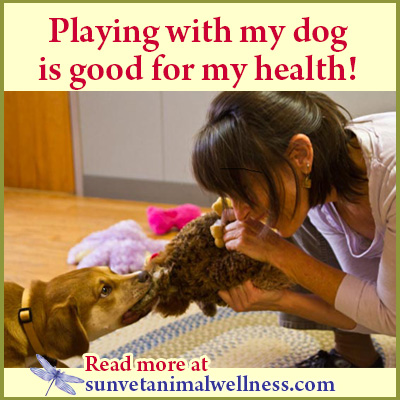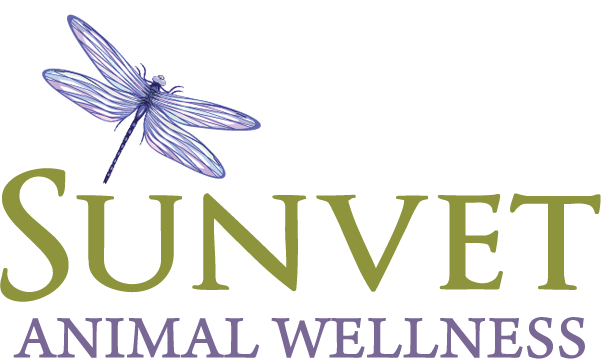Stories from a holistic vet: 10 Ways to Connect with Your Dog #5: I’ll Scratch Your Back if You Scratch Mine

Gracie, my rough-and-tumble, roll-in-the-nasty-dead-squirrel Lhasa Apso, looks up at me from the depths of the bathtub, beseeching me to rescue her from her soggy bathtime. “One more minute, G, let me get your eyes,” I reply, as I gently wipe the goo from under her right eye. She knows this is the last stage of her scrub down. She knows, when she is lifted from the tub and set on the floor for her ‘scoogles’ (towel rub down followed by her absolute fave, the hairdryer), she will be an ecstatic, whirling dervish.
We all look forward to a clean and sweet-smelling pup. It’s so easy to cuddle with my gleeful, fresh Gracie. I know I want to touch her even more after our soaking sessions. This ritual we share every few weeks is followed by a brushing and fluffing of her fresh hairdo.
Clipping, bathing, brushing, massaging, patting, stroking, rubbing, scratching, hugging, snuggling, or even a good old fashioned wrestling match are all sweet ways to connect with your canine friend.
This partnership is as healthful for you as it is for your four-legged side-kick. It may help you to feel connected to others, reduce your anxiety, bond you to another living being, lower your blood pressure, improve your outlook and give you the sensory input you may crave.
In her recent book, Made For Each Other, The Biology of the Human-Animal Bond, Meg Daley Olmert writes,
“The organizers of the twelfth International Conference of Human-Animal Interactions have announced that at their meeting this July, scientists will be presenting their latest findings confirming that friendly human-dog interaction releases oxytocin in both human and dog.”http://iahaio2010.se/uploads/press-release_bond-with-petsfinal.pdf
The experiment found that women and their dogs experienced similar increases in oxytocin levels after ten minutes of friendly contact. Also, the women’s oxytocin response was significantly correlated to the quality of the bond they reported in a survey taken prior to the experience of interacting with their pets.
Then, ten years later, two South African researchers (Odendaal and Meintjes, 2003) showed that friendly contact between dogs and humans did release oxytocin in both. Then Miho Nagasawa’s research team in Japan (Nagasawa et al, 2008) showed mere eye contact between humans and dogs could cause an oxytocin increase in the dog owners. And most recently, Miller et al. (2009) showed an oxytocin increase in women after greeting their dog when returning home from work.
Increased levels of oxytocin, a peptide naturally occurring during breastfeeding, are linked to a mother’s increased sense of calm and desire to make social connection. Considering the stressors in most of our lives, this natural oxytocin relief might be a good medicine to take liberally.
So hug ‘em, scratch ‘em, squeeze ‘em and give ‘em loving gazes. It’s all good!
Shine on,

